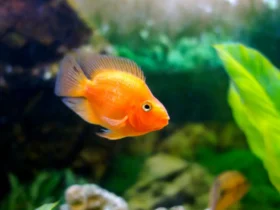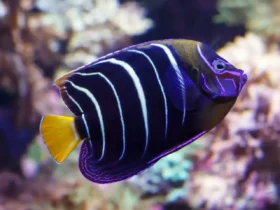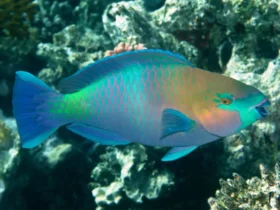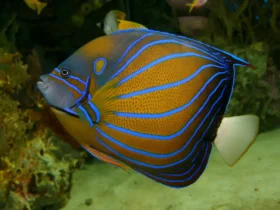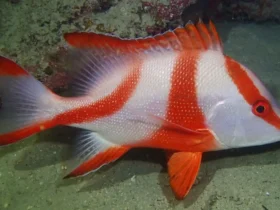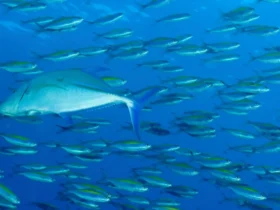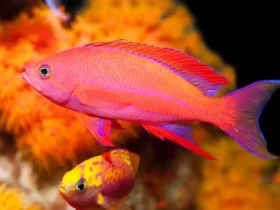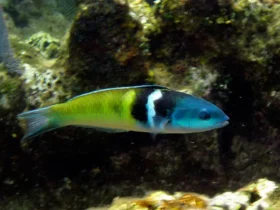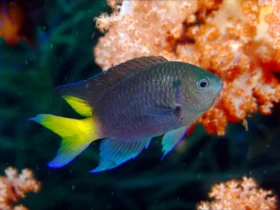In the vibrant coral reefs of the tropical oceans, a delicate beauty gracefully glides through the colorful coral branches—the Threadfin Butterflyfish (Chaetodon auriga). With its intricate markings and elongated fin filaments, this captivating fish adds an elegant touch to the underwater world. Join us as we explore the fascinating world of the Threadfin Butterflyfish, unraveling its appearance, behavior, and ecological significance in coral reef ecosystems.
Threadfin Butterflyfish images
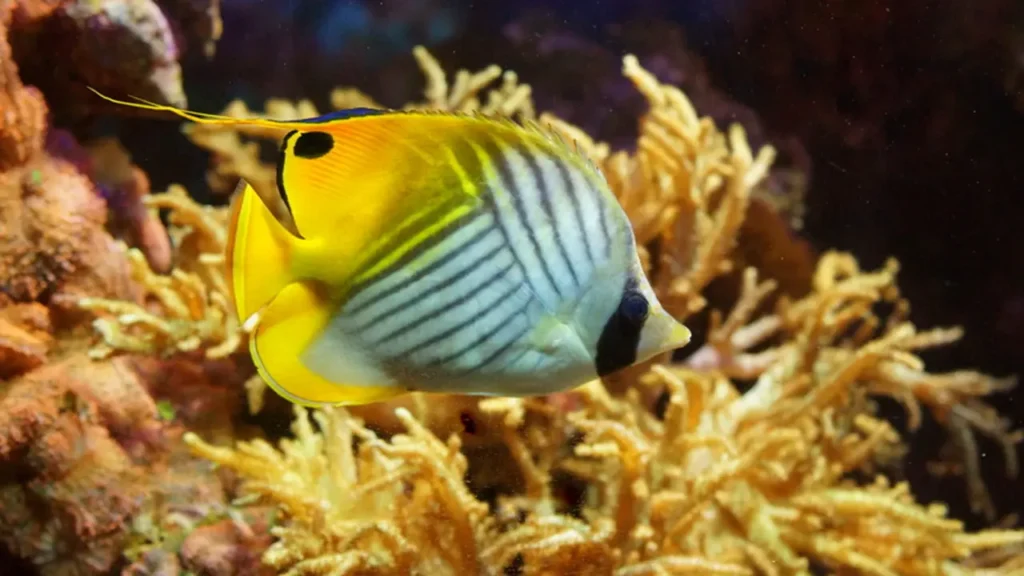
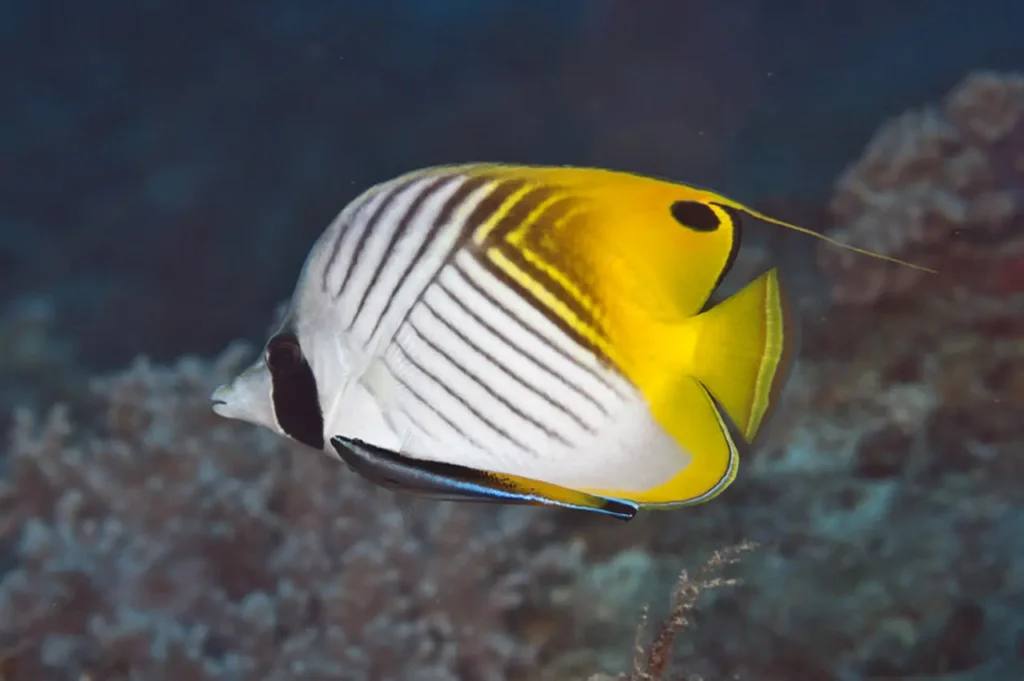
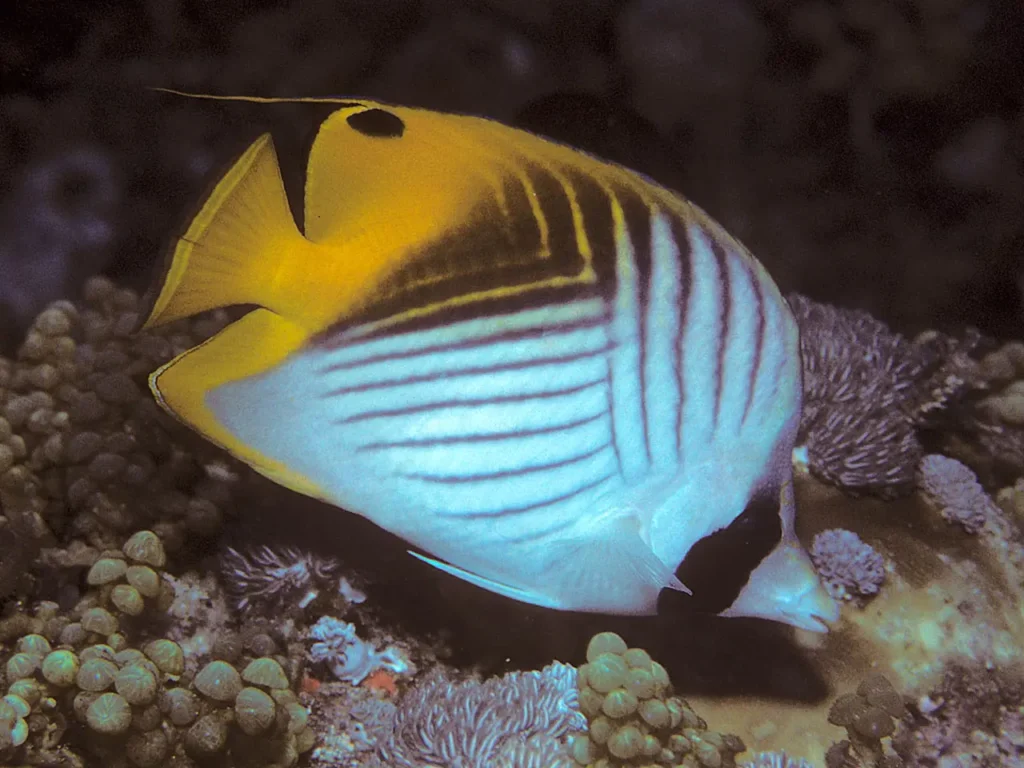
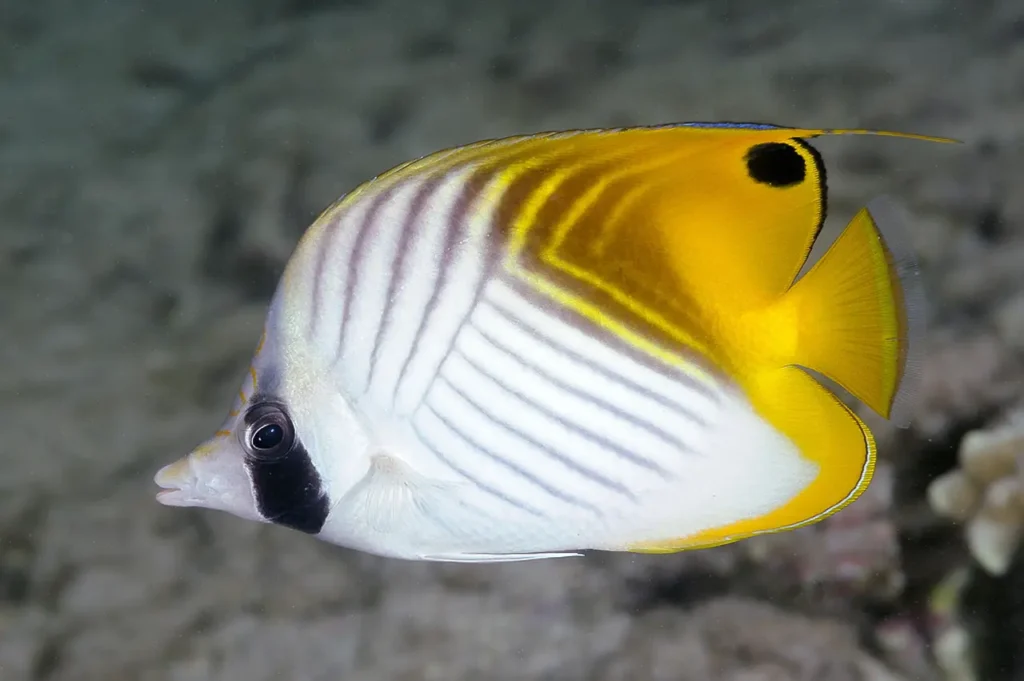
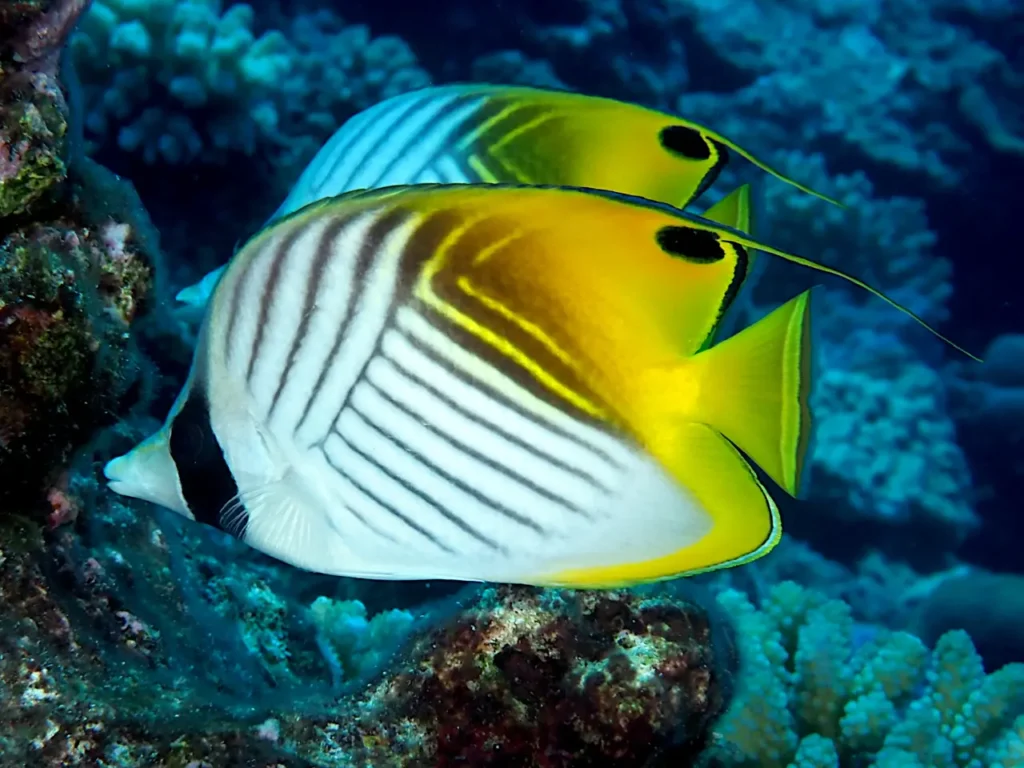
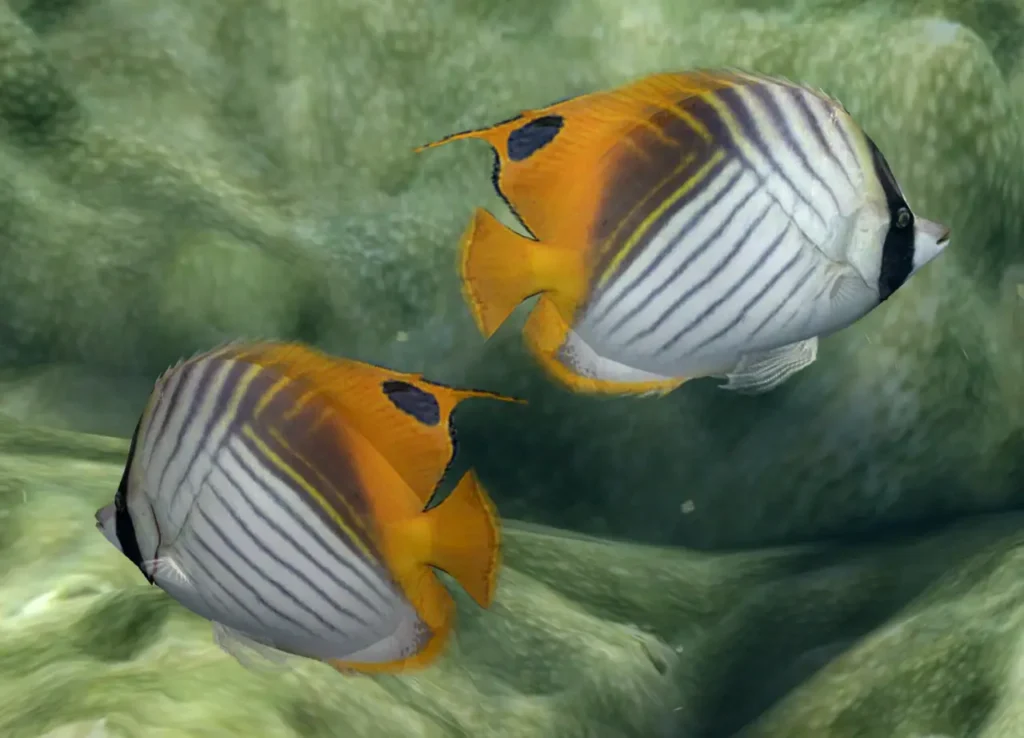
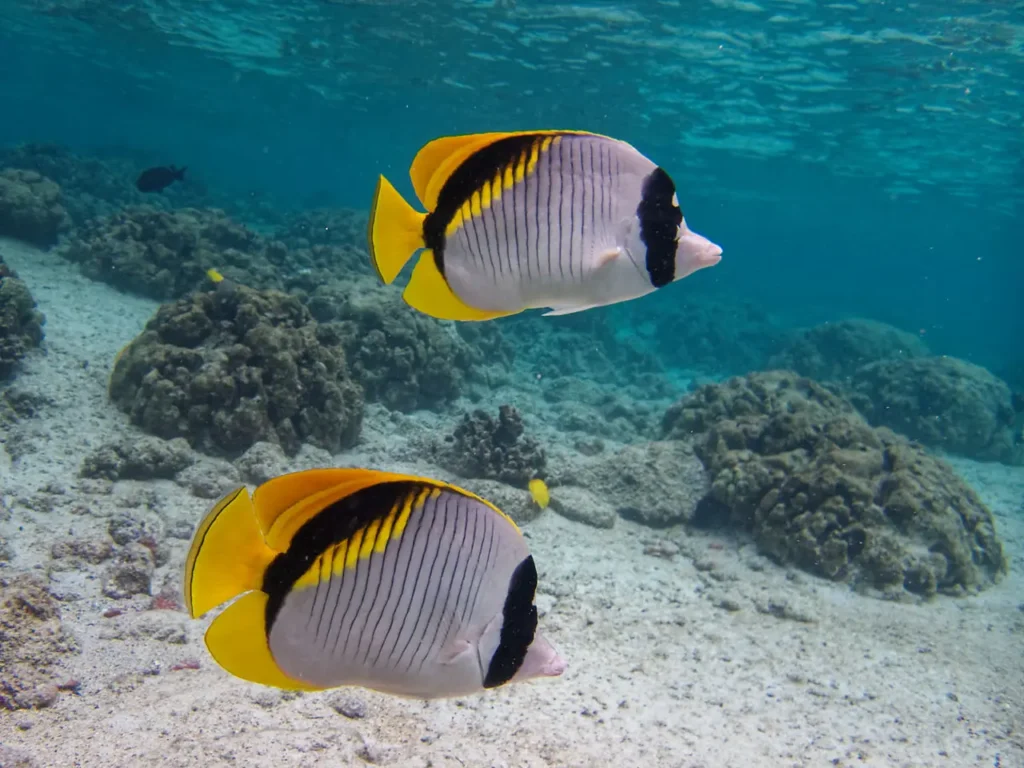
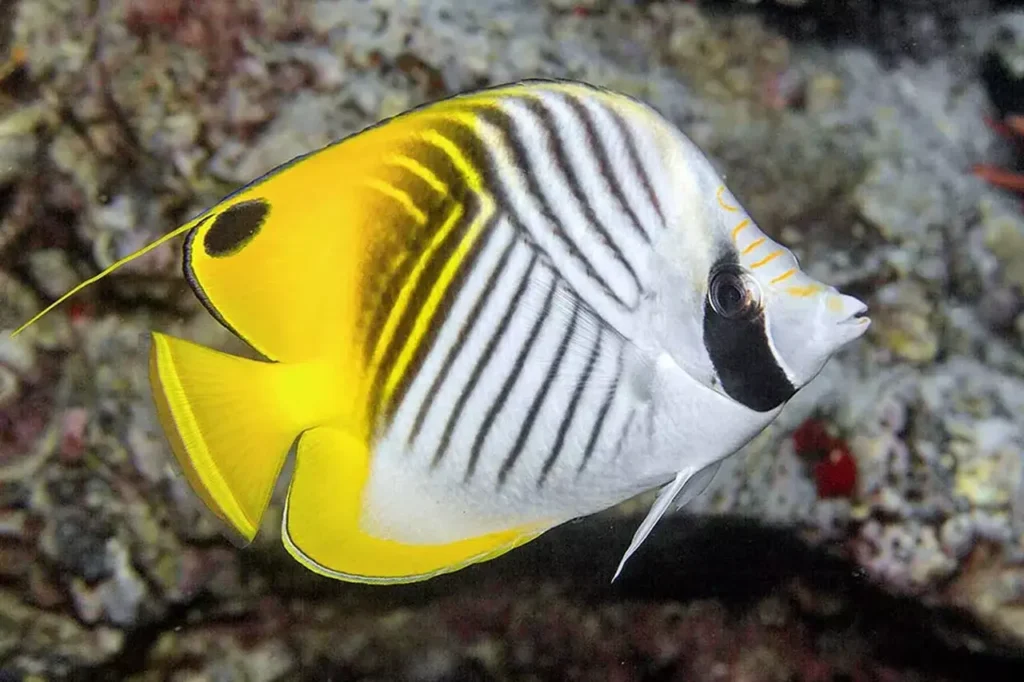
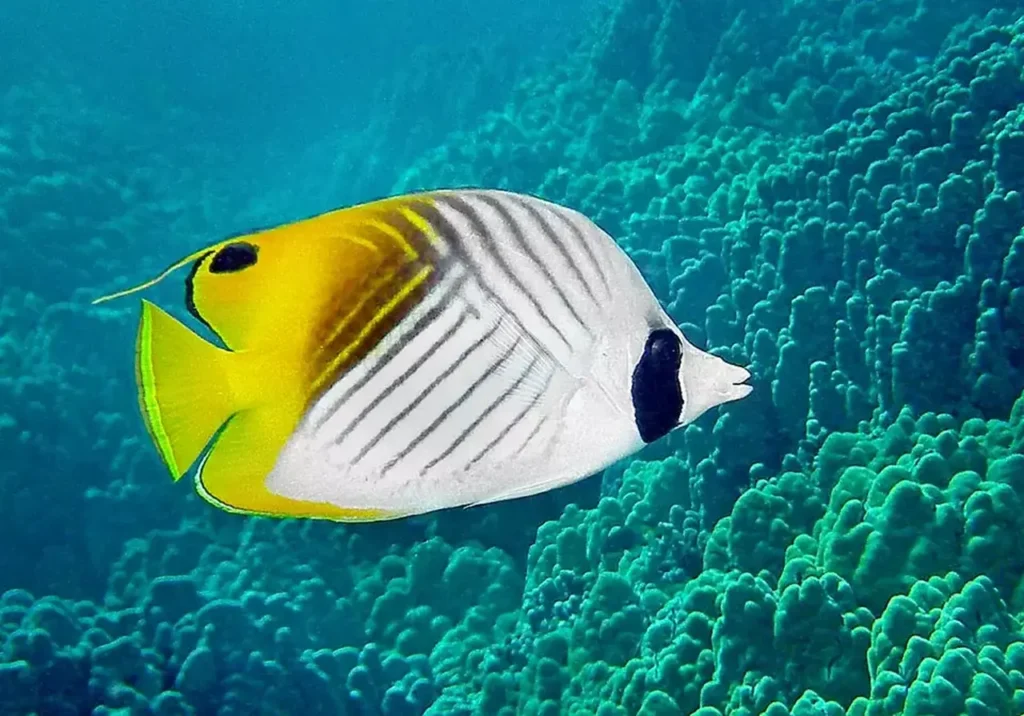
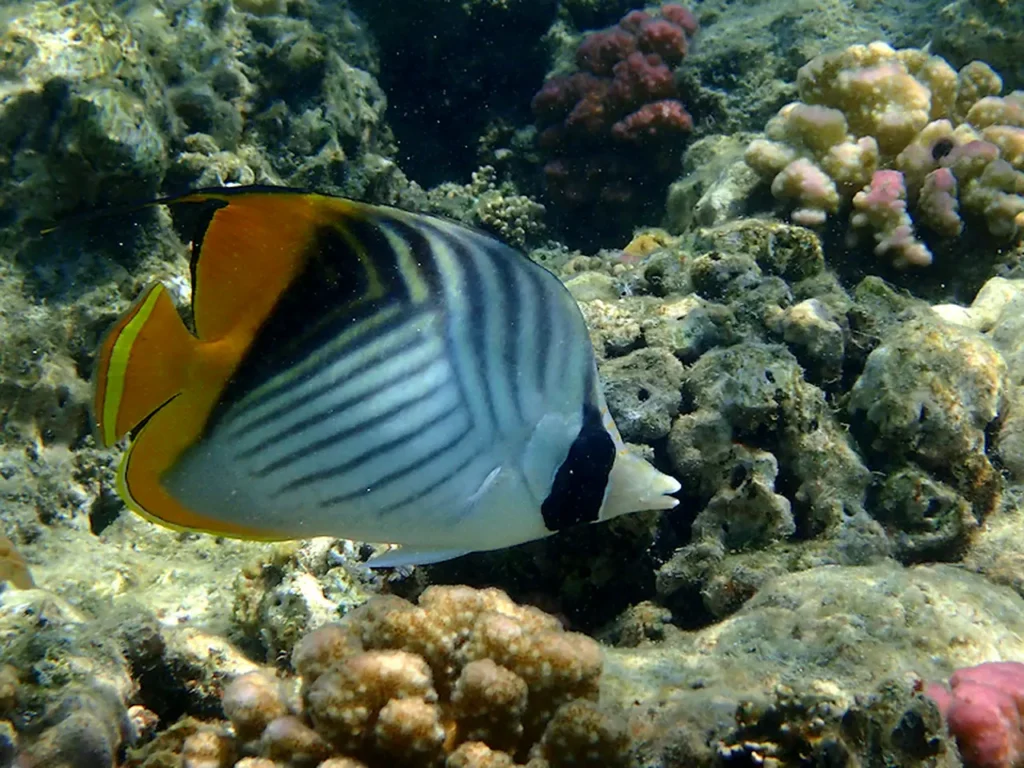
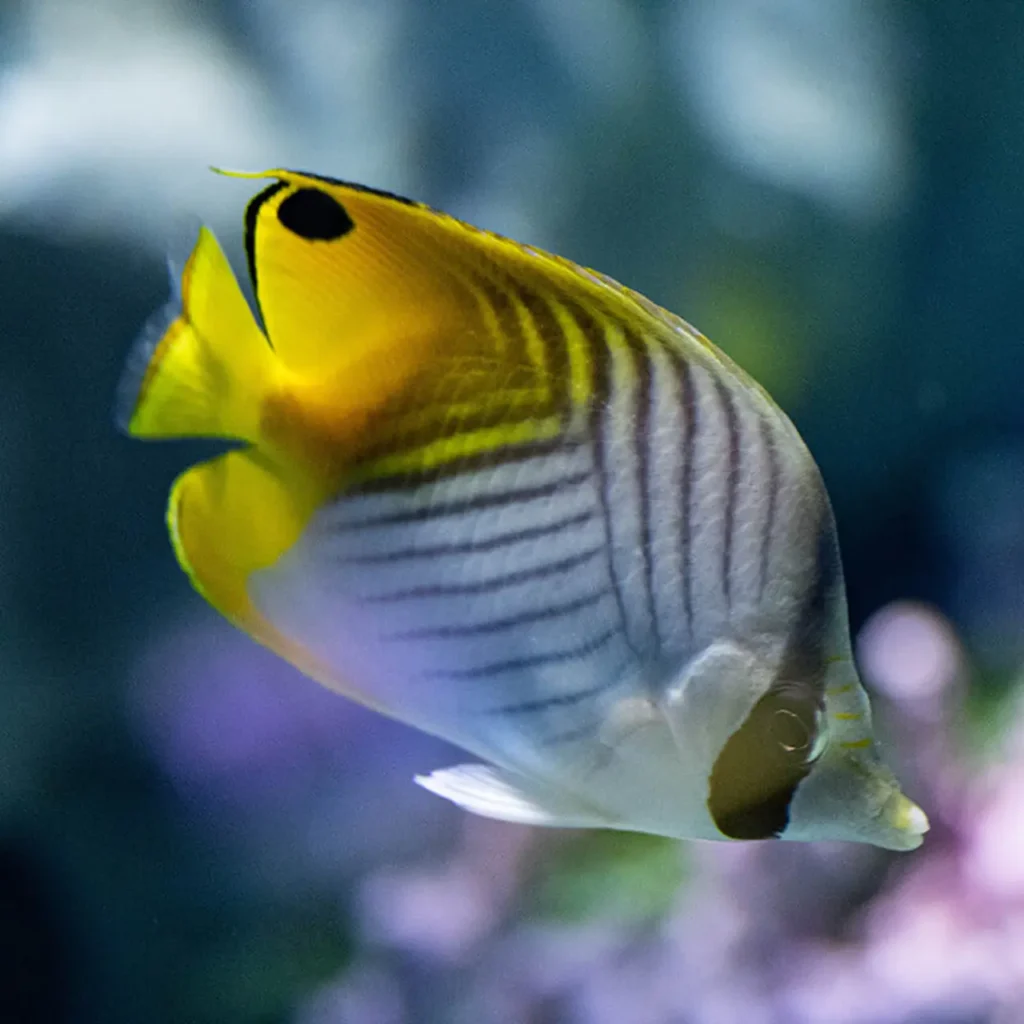
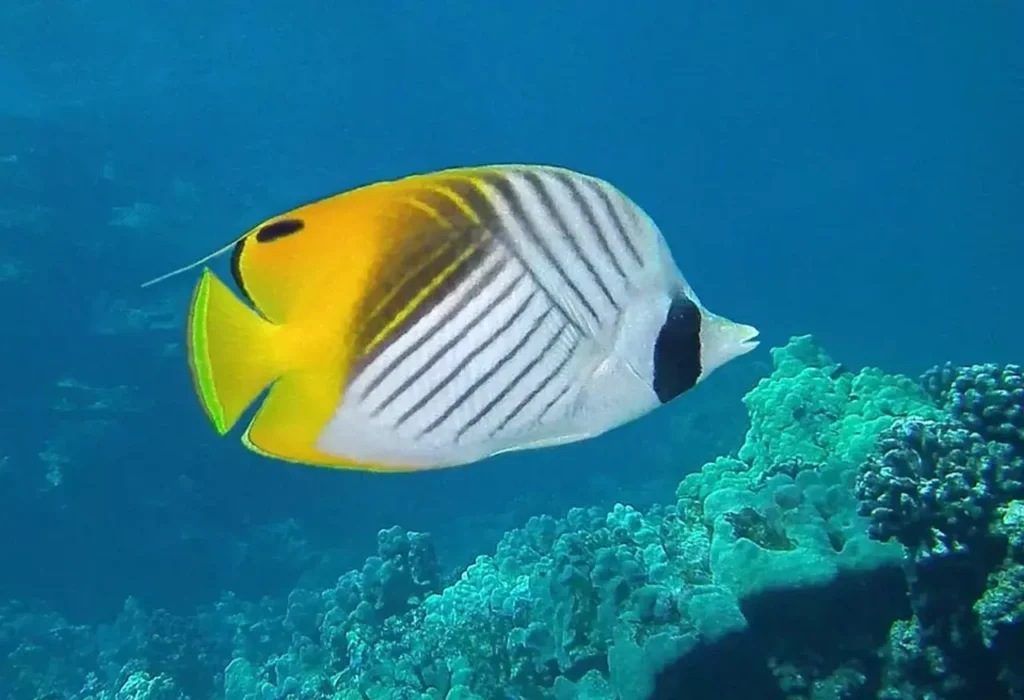
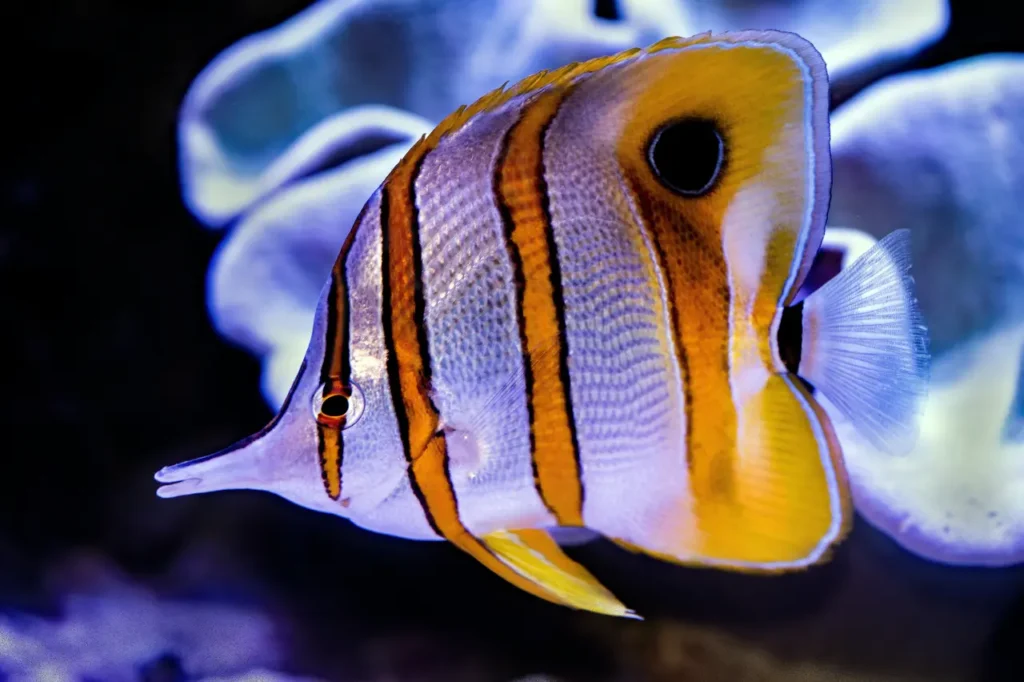
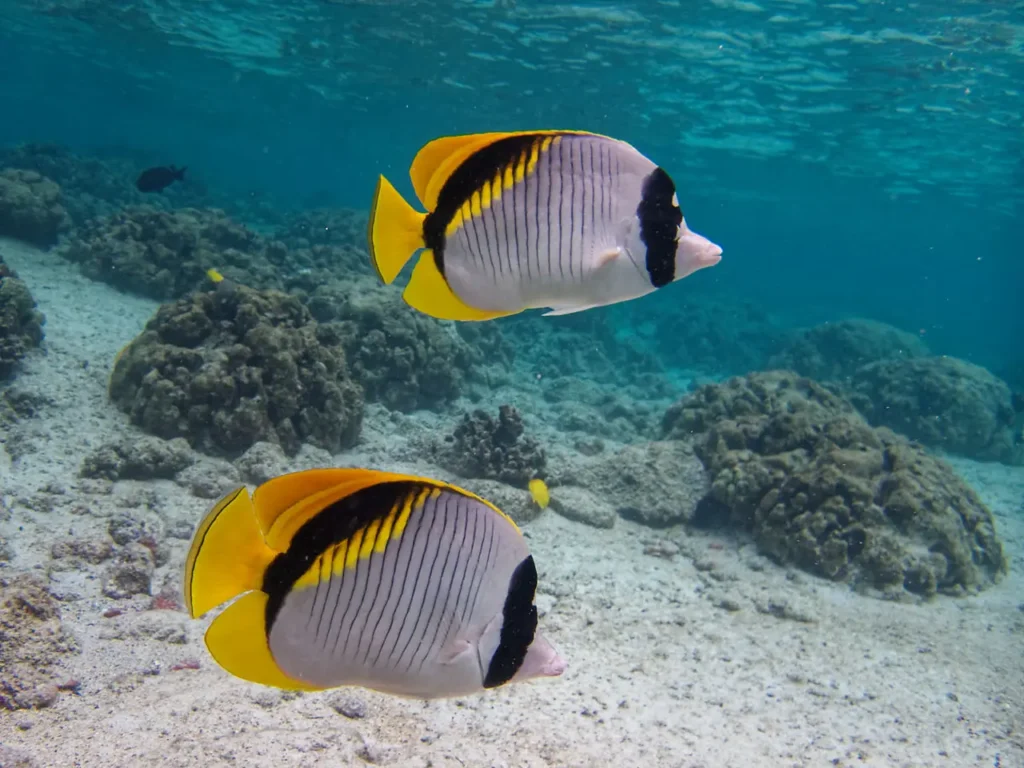
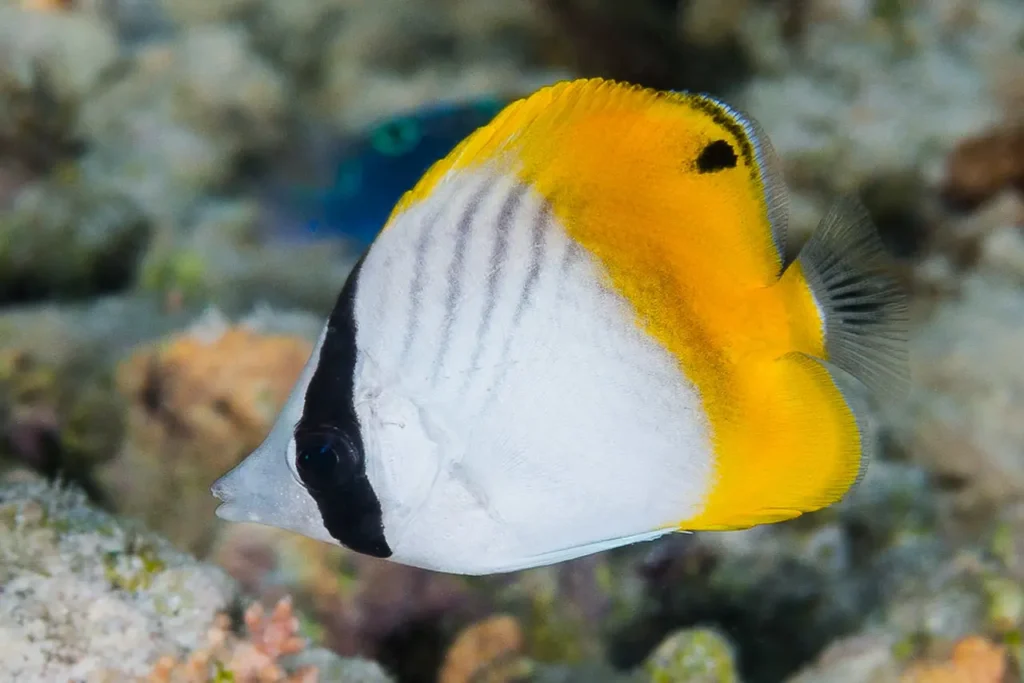
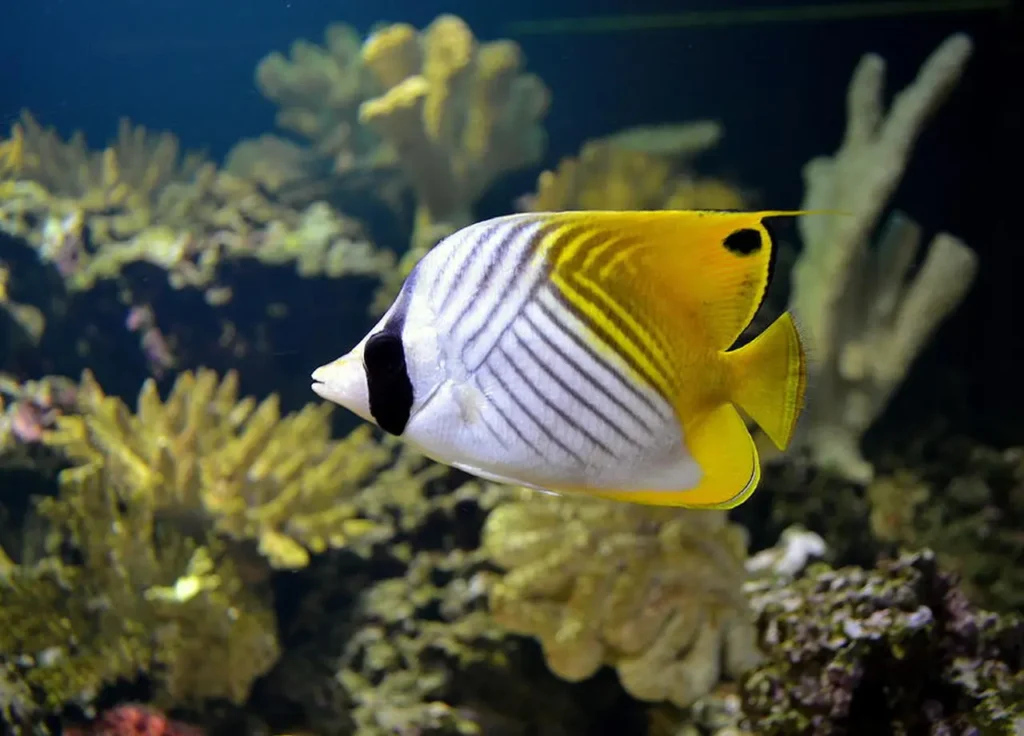
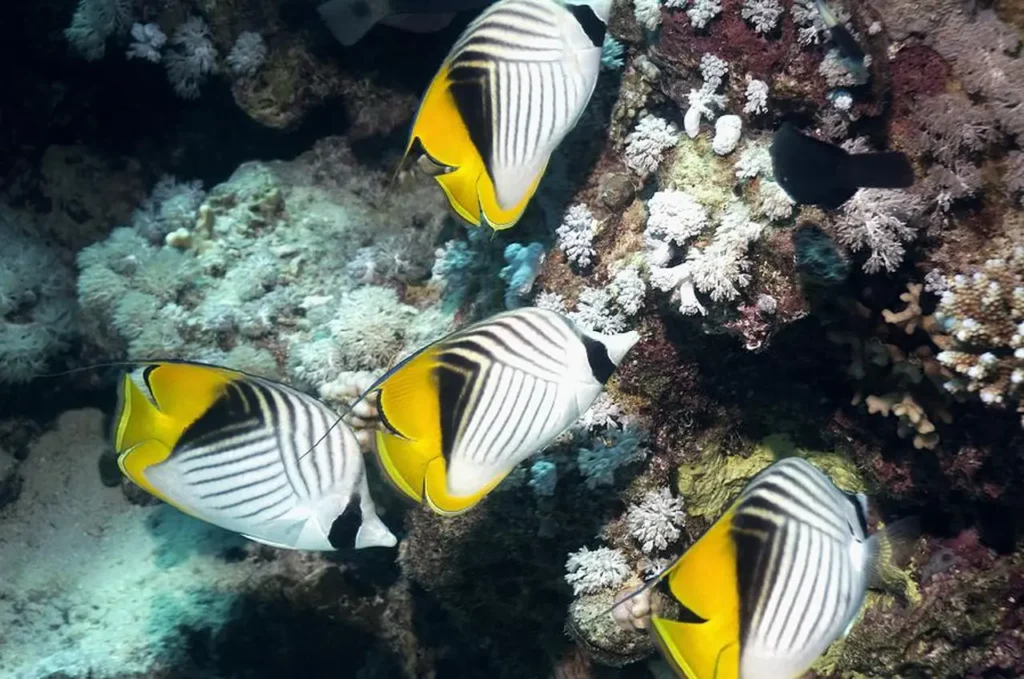
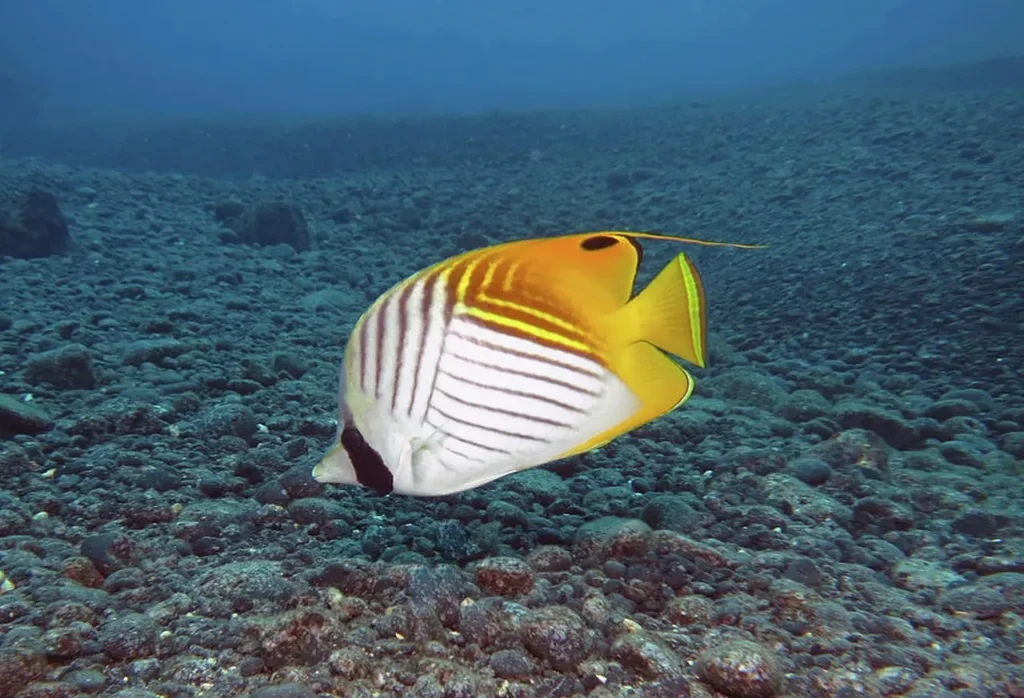
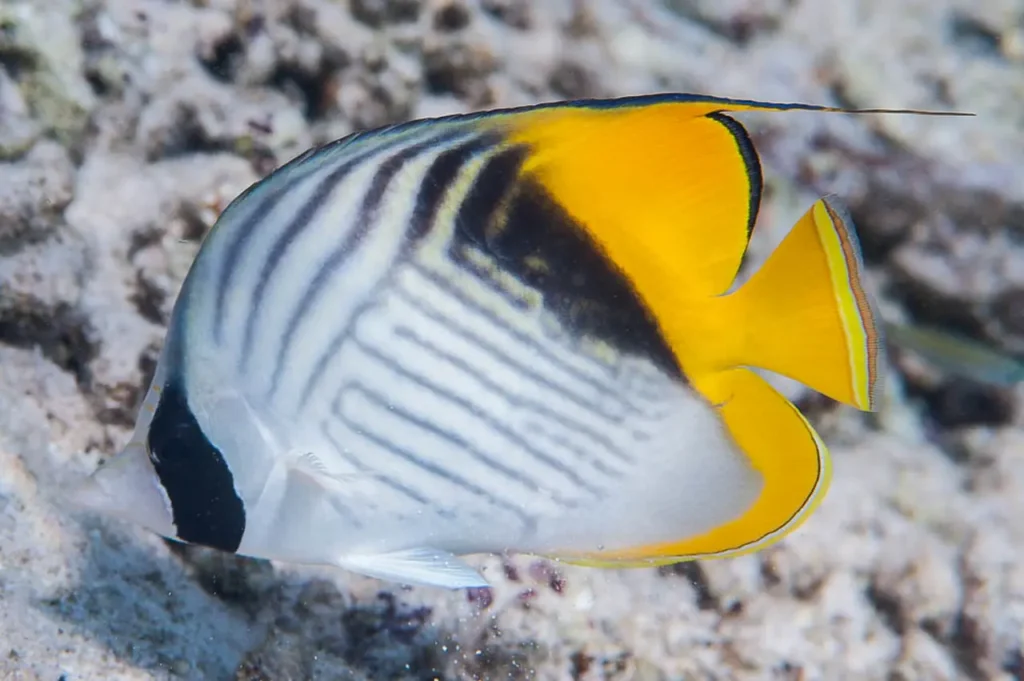
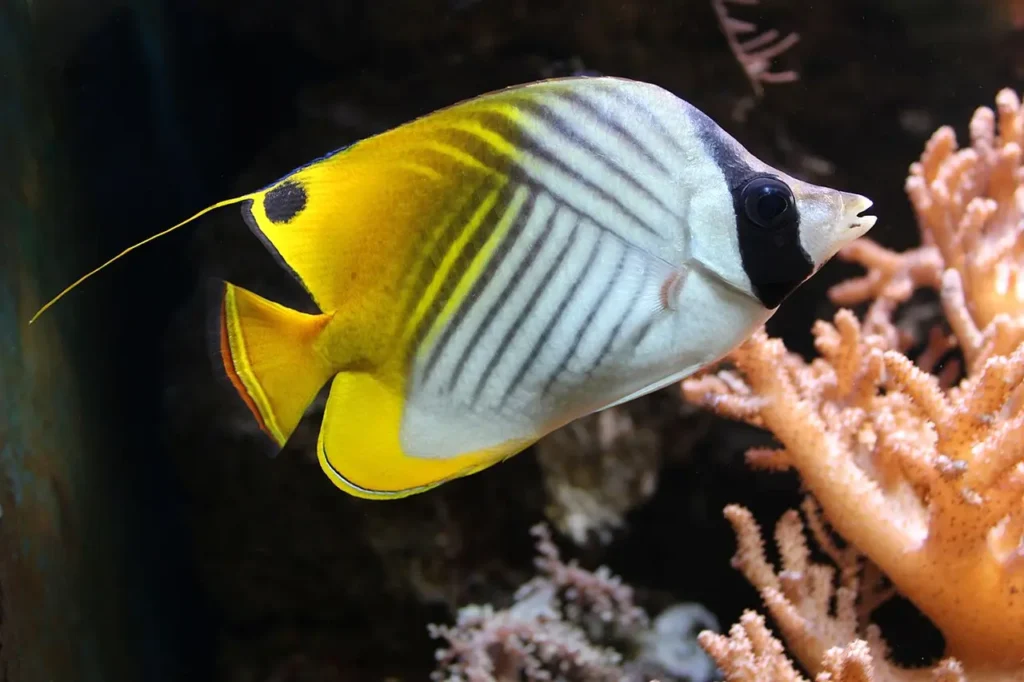
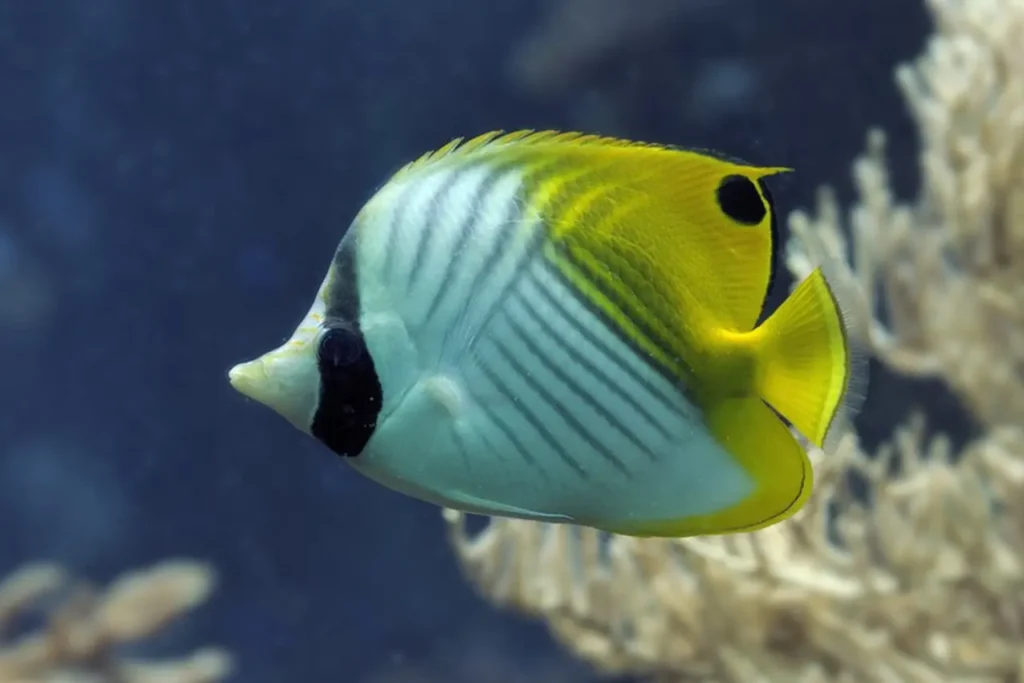
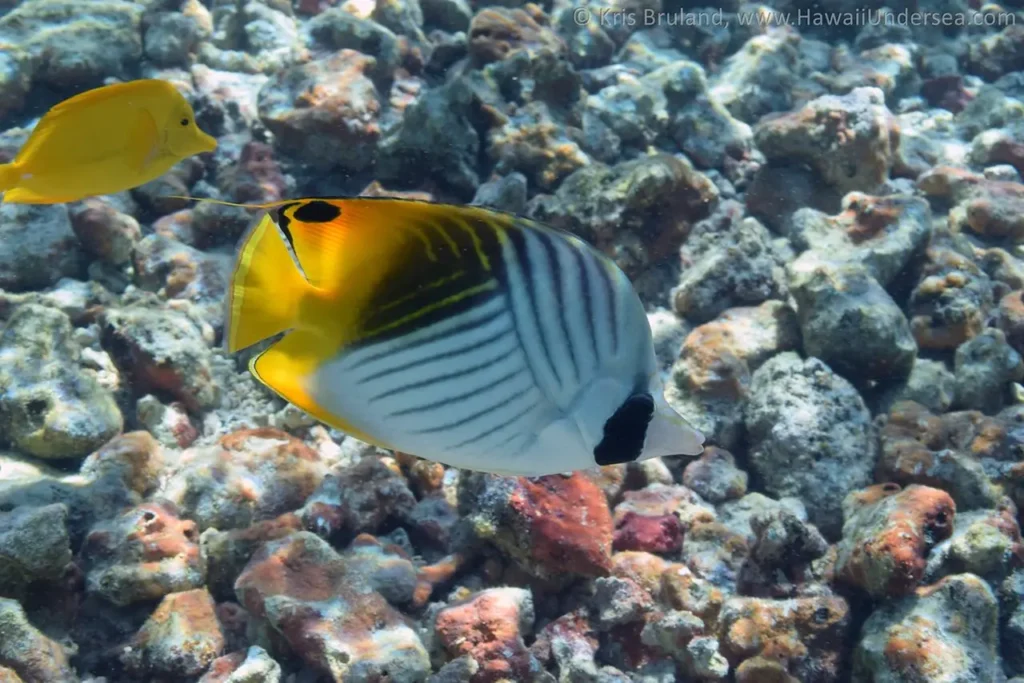
Appearance and Distribution
The Threadfin Butterflyfish is a member of the family Chaetodontidae, renowned for its striking patterns and distinctive thread-like extensions on its dorsal and anal fins. Its body is characterized by a stunning combination of white, black, and yellow, with vertical black bars crossing its eye and a prominent black patch covering its upper body. The elongated filaments on its fins lend an ethereal quality to its appearance.
These beautiful fish are predominantly found in the warm tropical waters of the Indo-Pacific region, including the Red Sea, Indian Ocean, and the Pacific Ocean. They inhabit coral reefs and are often observed near areas of abundant coral growth, seeking shelter and feeding on the rich diversity of coral polyps and small invertebrates.
Behavior and Feeding Habits
Threadfin Butterflyfish are diurnal and highly social creatures. They are typically encountered in pairs or small groups, engaging in synchronized swimming and coordinated foraging. This behavior not only enhances their chances of finding food but also aids in predator avoidance.
These omnivorous fish primarily feed on coral polyps, small invertebrates, and algae found within the reef ecosystem. Their slender, pointed snouts enable them to probe into crevices and delicately pick at the coral, extracting nourishment while minimizing damage to the delicate coral structures.
Ecological Significance
Threadfin Butterflyfish play a vital role in coral reef ecosystems. As herbivores, they help control the growth of algae, preventing overgrowth that can smother corals and disrupt the delicate balance of the reef. By selectively grazing on coral polyps and algae, they contribute to the overall health and resilience of the reef ecosystem.
Conservation and Threats
While Threadfin Butterflyfish are not currently considered endangered, they face various threats due to human activities. Habitat destruction, overfishing, and pollution can disrupt their delicate coral reef habitats and impact their populations. Additionally, the sensitivity of coral reefs to climate change and ocean acidification poses challenges for their survival. Conservation efforts focused on coral reef protection, sustainable fishing practices, and reducing pollution are crucial for the long-term conservation of Threadfin Butterflyfish and their habitats.
Appreciating Nature’s Graceful Gem
The Threadfin Butterflyfish enchants us with its intricate patterns, elongated fins, and graceful movements. Its presence in coral reefs serves as a reminder of the fragile beauty and interconnectedness of marine ecosystems.
By fostering awareness, supporting conservation initiatives, and practicing responsible reef tourism, we can ensure the preservation of the Threadfin Butterflyfish and the precious coral reef ecosystems they call home. Let us appreciate and protect these graceful gems, allowing future generations to witness the timeless elegance they bring to the underwater world.
